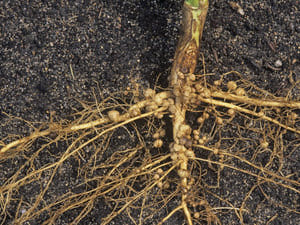Acacia Rubida Seeds

Common name
Red-stem Wattle
Botanical name
Acacia Rubida
Details
A hardy tree or shrub with striking reddish stems, silvery-green foliage, and bright yellow flowers. Perfect for erosion control, nitrogen fixation, and creating habitat for wildlife, it thrives in diverse conditions and improves soil health.
Features:
- Germination-ready seeds (scarification required).
- Ideal for ornamental use, ecological restoration, or as a pioneer species.
- Suitable for temperate and warm climates.
Benefits:
- Enhances biodiversity and soil fertility.
- Provides windbreaks and light shade.
- Beautiful addition to any garden or forest system.
Drought tolerance
Evergreen
Nitrogen fixer
Perennial
Price
$3.90
20 seeds
